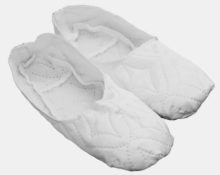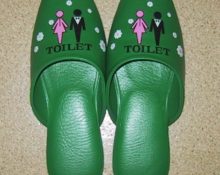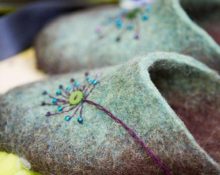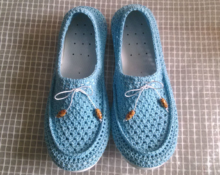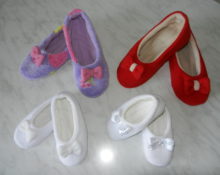You can easily make slippers from the remaining linoleum with your own hands. To do this, you will need unnecessary pieces of flooring material, underlayment for laminate flooring, any fabric for upholstery and some other materials that are always available in the household.

What are the benefits of linoleum slippers?
Linoleum is an environmentally friendly, durable, elastic material that comes in a variety of colors. You can perform a variety of manipulations with it: stitching, cutting, gluing.
It is an analogue of leather, therefore it is often used to make purses, book covers, and many summer residents make slippers from it.
What is needed for making
For production you will need:
- padding polyester;
- linoleum for the sole;
- awl;
- corrugated cardboard from the box;
- pencil;
- scissors;
- threads;
- glue.
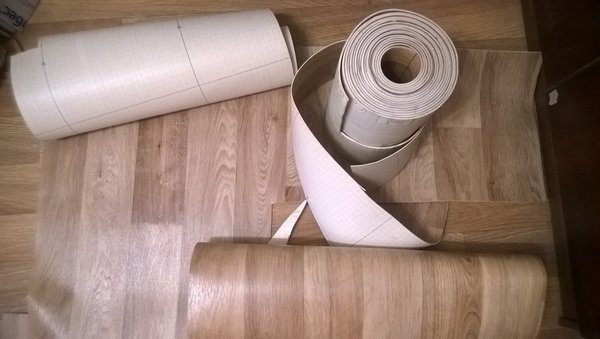
Slippers made from leftover linoleum: step-by-step instructions
No patterns are required. You can make your own patterns, which will later be used to make slippers according to your foot size.
It is advisable to make a pattern on thick cardboard, tracing the foot with a pencil - this will create a pattern for the sole. A slipper top is also required. To do this, you need to circle your leg from the toes to approximately the center of the foot. Measure the rise and distribute it at an equal distance from the center of the lid on both sides.
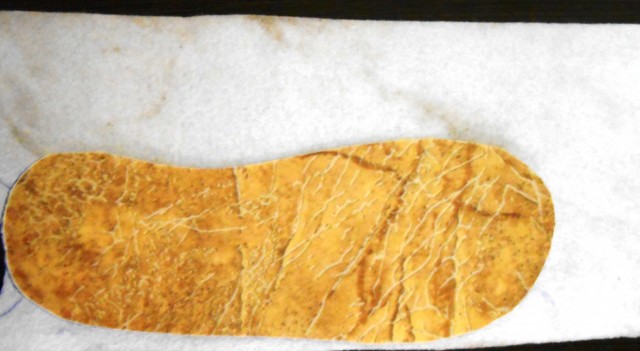
Draw the corners of the top to the extended point:
- On linoleum and padding polyester, the sole is drawn according to the pattern.
- The same sole needs to be drawn on cardboard.
- Then you need to prepare an insole that will cover the padding polyester. For this you can choose felt, drape, leather, jeans. On the reverse side, you need to outline the pattern so that there is a distance of 2 cm between the patterns.
- Then they start cutting out the top. It is best to use knitwear, from which you need to make the inner part in contact with the foot.
- The top of the lid is made of leatherette.
- Place the top pattern not tightly to the edge of the material, but leaving about 0.5 cm on the sides, then trace it.
- Having completed the preparation of the required elements, you can proceed to cutting. All blanks are cut along the drawn contour.
- The insole and top must be cut to tolerance, departing approximately 1 cm from the sketch.
- To prevent the cut out elements from moving apart during piercing, they can be glued together. What “Moment” is great for.
- The padding polyester is glued to the bottom of the insole, and the bottom cover blank is attached to the back of the top.
- Then, when the lid elements are glued, their corners are cut off. This is required for strapping.
- Using an awl, you need to make holes on all elements, moving approximately 1 cm away from the edge.
- The parts are tied with nylon thread.
- First, the edge of the sole is tied. A loop is made on the thread and brought out from the outside.
- The first loop is a connecting one, then the tying is done with posts.
- Having tied the sole, the thread is cut and fixed.
- Sintepon is also tied.
- Having completed tying the padding polyester, the thread is not cut, leaving a loop.
- The insole is applied to the sole, the hook is inserted through the insole and both elements are connected under the loop on the sole.
- By connecting the side parts in this way, on the other side there is a space between the elements, into which a piece of corrugated cardboard is inserted.
- By placing a cardboard spacer, the parts are completely connected.
- Next, tie the edges of the lid.
- This is done in the same way as with the elements described above.
- When the lid is tied, it is applied to the sole so that the corners are at the same distance. The sole is connected to the lid using connecting loops.
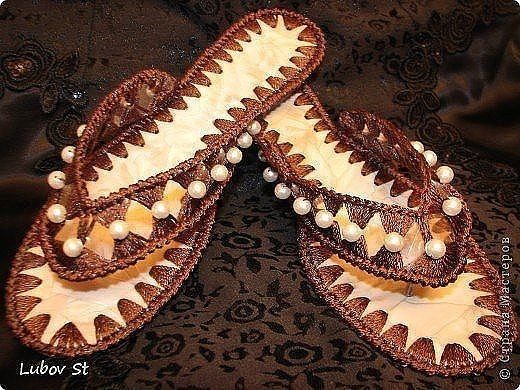
These slippers, made by yourself, are very simple and do not require much time.


 1
1